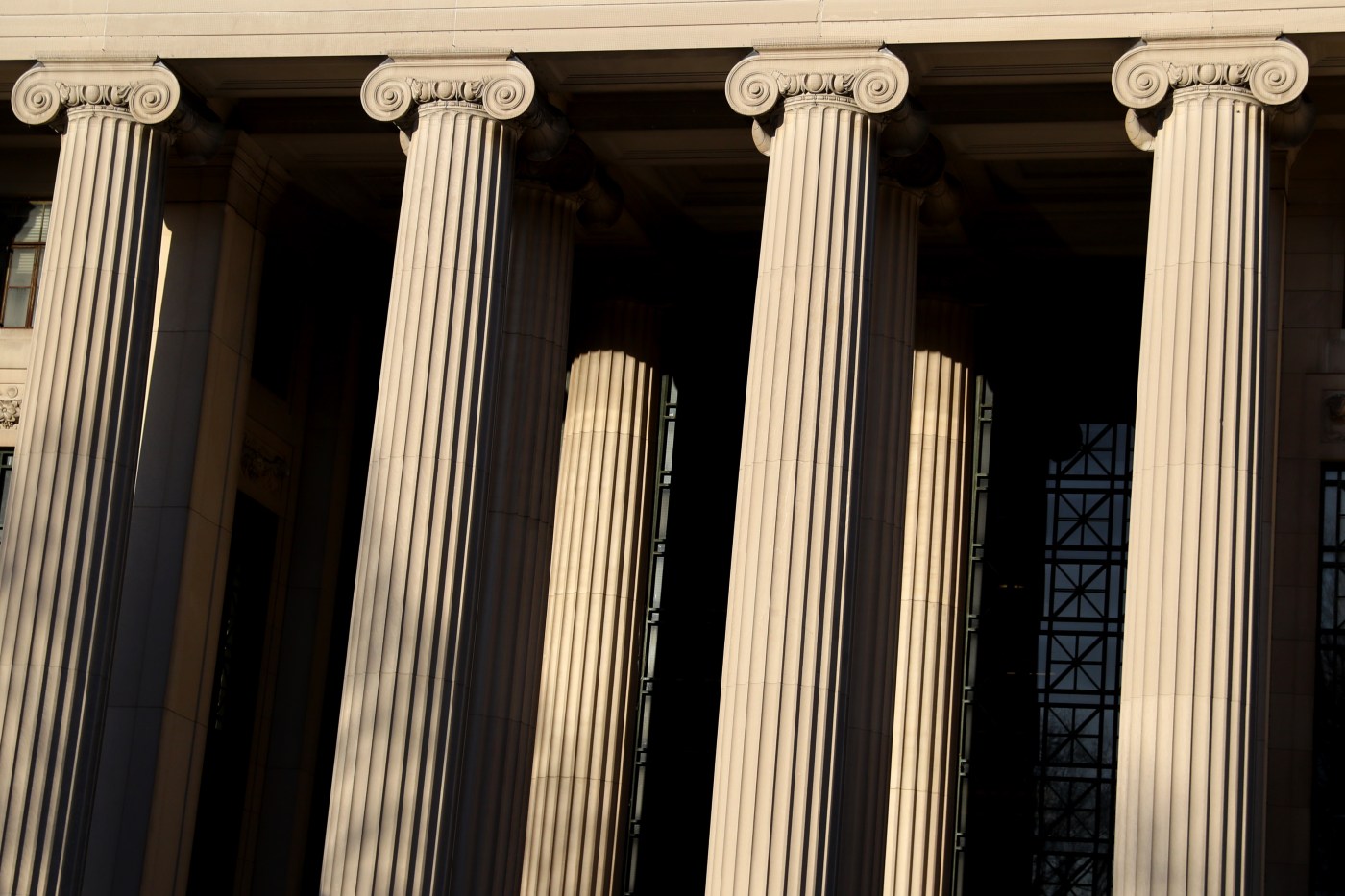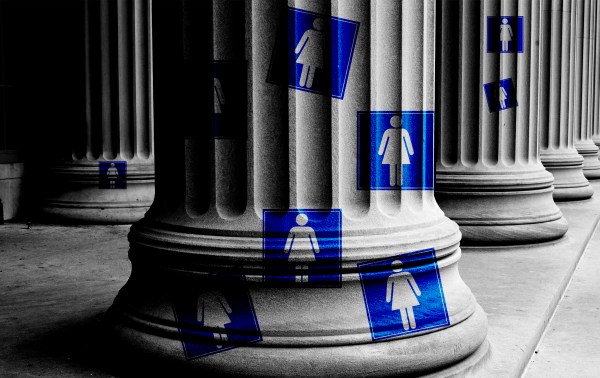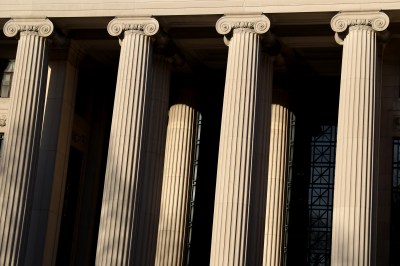Turn any article into a podcast. Upgrade now to start listening.
Premium Members can share articles with friends & family to bypass the paywall.
The Trump administration has seemingly changed tactics but not its strategy or objective in its effort to reform American higher education. Its initial effort to force universities to accede to administration demands has bogged down in extended negotiations and legal obstacles. The newly unveiled “compact for higher education” tries a different angle to avoid those problems, but it is still deeply objectionable. Few universities are likely to voluntarily agree to such a sucker’s deal.
In its first months, the administration tried to leverage continued anger over the pro-Palestinian campus protests, along with an aggressive interpretation of civil rights laws, to suspend federal research grants to selected elite universities. The federal dollars could start flowing again, the administration said, only if the universities agreed to an expansive and intrusive set of demands. But the administration did not get the quick deal it presumably expected, and Harvard University took the administration to court. The administration has still extracted substantial financial payouts from universities, but the overall effort has yielded few results.
Apparently it is time for Plan B. Bypassing the most elite universities, the administration has now focused its attention on nine prestigious but perhaps more pliant targets with an offer to sign on to a new “Compact for Academic Excellence in Higher Education.” The Massachusetts Institute of Technology has already explicitly rejected the “offer,” and the administration is apparently already considering a second round of “invitations” to all U.S. colleges, in hopes that someone might accept its terms and get the ball rolling.
The compact tries to avoid some of the complications of Plan A. It offers a single, take-it-or-leave-it option for comprehensive reform to higher education as a whole rather than a long, drawn-out series of negotiations with individual institutions. It avoids the potential lawlessness of simply freezing existing federal grants, and thus the prospect of losses in court if universities do not immediately fold under the pressure.
But the compact has the same basic features as the original approach. As the administration has done in the past, the compact leverages the threat of cutting off federal funds in order to force universities to comply with its demands, though the compact does so prospectively so that universities suffer no immediate injury that they could take to court. If the compact took the form of legislation, many of its provisions would quickly be struck down as unconstitutional. Framed as a “deal” that universities can’t refuse, the administration seeks to make an end run around judicial review.
The very first paragraph of the compact makes the stakes clear, though it couches the threat in euphemisms.
American higher education is the envy of the world and represents a key strategic benefit for our Nation. In turn, the U.S. university system benefits in a variety of ways from its extraordinary relationship with the U.S. government. These include (i) access to student loans, grant programs, and federal contracts; (ii) funding for research directly or indirectly; (iii) approval of student and other visas in connection with university matriculation and instruction; and (iv) preferential treatment under the tax code. To advance the national interest arising out of this unique relationship, this Compact for Academic Excellence in Higher Education represents the priorities of the U.S. government in its engagements with universities that benefit from the relationship. Institutions of higher education are free to develop models and values other than those below, if the institution elects to forego federal benefits.
The scope and conditions of each of these “federal benefits” are currently specified in law, and none are currently conditioned on the proposed terms of the compact. Perhaps the administration could persuade Congress to restrict student loans or nonprofit tax status to a dramatically smaller set of institutions of higher education that met the administration’s terms of engagement, but the “models and values” of the Trump administration’s compact are not reflected in the “priorities of the U.S. government” as embodied in existing legislation. Despite existing statutes, the administration is informing universities that they can expect to lose not only their federal grants but even their tax status, their international students, and the students who rely on federal loans if they do not sign on to the compact. The administration is making what is an existential threat for most universities. Most will be inclined to call its bluff, but the administration’s willingness to ignore inconvenient legal restrictions in the past makes such an approach risky.
The clincher on the administration’s deal comes in the final paragraph.
Adherence to this agreement shall be subject to review by the Department of Justice. Universities found to have willfully or negligently violated this agreement shall lose access to the benefits of this agreement for a period of no less than 1 year. Subsequent violations of this agreement shall result in a loss of access to the benefits of this agreement for no less than 2 years. Further, upon determination of any violations, all monies advanced by the U.S. government during the year of any violation shall be returned to the U.S. government. Finally, any private contributions to the university during the year(s) in which such violation occurred shall be returned to the grantor upon the request of the grantor.
Any university foolish enough to sign onto the compact will be authorizing the Department of Justice to unilaterally determine whether the university is performing to the administration’s satisfaction. Failure to keep the administration happy will result in massive financial consequences that vanishingly few universities could afford to pay. That is an extraordinarily risky bet, and one that guarantees never-ending meddling by executive officials in university affairs. A few months from now, signatories to such an “agreement” can expect to hear an echo of Darth Vader: “I am altering the deal; pray I do not alter it any further.”
The actual substantive terms of the compact are a mixed bag of policy proposals. Some are, or might be, good ideas. Others are not. Practically none is properly within the purview of the federal government under any traditional theory of federal power and civil society. Thematically, the administration’s compact lays out a vision not only of both state and private universities operating under the thumb of the federal executive branch, but of a radically different kind of higher education landscape than has developed over the course of the last 100 years.
That broader vision of what universities should be reveals itself in a multitude of ways. The compact requires signatories to freeze tuition for five years, educate science students tuition-free, and sharply limit the number of international students. Universities might well wonder what the federal government is offering to cushion the massive financial blow that such policies would impose. The response: “My offer is this: Nothing.” The administration appears to hope that universities will slash their budgets and lean into the sciences, but the unexpected consequences for many universities might be slashing the sciences and leaning into the less expensive majors that tuition-paying American students often prefer.
The compact also demands dramatic changes in how students are admitted and how they are graded. Universities are to admit students based only on “objective criteria,” require standardized test scores, and publish the high-school GPAs of admitted students. Although the compact does not specify what this new admission standard might mean in practice, presumably it would require the end of admission essays, holistic application reviews, and advantages for athletes or legacies and an exclusive reliance on past grades and test scores. There might be benefits to such an approach to higher education, but it has never been the predominant American model. The compact likewise insists on vague “grade integrity” that seems both a call for grade deflation and an expectation that university classes will rely more exclusively on standardized testing to evaluate student performance. Perhaps an interesting experiment, but why exactly the federal government should be determining how grades are assigned in university English classes is left only to the imagination.
And then there are the unconstitutional conditions. The U.S. Supreme Court has long held that the government cannot condition the receipt of federal funds or federal benefits on the recipient agreeing to waive their own constitutional rights. In particular, the government cannot require that those who receive federal benefits agree not to exercise their own free speech rights in ways that the government might not like. The government can use its own funds to hire, incentivize, or encourage a third party to express the government’s own preferred message, but it cannot use general federal spending as a means to leverage private actors to self-censor. When the University of Virginia attempted to exclude religious student newspapers from access to general student funds that supported the publication of independent student papers, Justice Anthony Kennedy wrote for a conservative majority to emphasize that state officials could not pick and choose which messages were conveyed under such a program.
[W]hen the government appropriates public funds to promote a particular policy of its own it is entitled to say what it wishes. When the government disburses public funds to private entities to convey a governmental message, it may take legitimate and appropriate steps to ensure that its message is neither garbled nor distorted by the grantee. It does not follow, however, … that viewpoint-based restrictions are proper when the [government] does not itself speak or subsidize transmittal of a message it favors but instead expends funds to encourage a diversity of views from private speakers.
The compact seeks to treat universities as if they were wholly owned subsidiaries of the federal executive branch and that every expressive activity on a college campus that has a non-profit tax status or receives federal funds is a form of government speech. It thus requires recipients of federal funds not only to refrain from their own speech that the administration disfavors but also to adopt policies that restrict the constitutionally protected speech of others on campus. As a condition for having students with federal loans or receiving grants for scientific research, the compact requires that universities adopt a policy of institutional neutrality that muzzles not only the university leadership but even “institutes” and “centers” on campus. Moreover, the compact requires that universities eliminate entities on campus that “belittle ... conservative ideas,” while simultaneously requiring that every academic unit on campus have a “broad spectrum of viewpoints” among faculty, staff, and students in those units. The compact demands that universities adopt speech policies that would seemingly prohibit some First Amendment-protected speech.
There are real problems on college campuses, and the compact at least gestures toward some of those problems. Gesturing toward real problems does not make good policy, however. The compact is vague in its demands, but extraordinary in the amount of control that it wants to claim over the academic, intellectual, and political life of private and public universities. It effectively conditions the continued existence of universities on their ability to satisfy the current policy and political preferences of whomever occupies the White House at any given moment. This is not only incompatible with the existing law and Constitution; it is incompatible with any liberal conception of civil society. Universities are extremely resistant to needed reforms, and some would argue that a sledgehammer is needed to get them to see the light. Well, this is certainly a sledgehammer. If the hammer drops or opens the door to more such demands by this or future administrations, it will be an unmitigated disaster for American higher education.







Please note that we at The Dispatch hold ourselves, our work, and our commenters to a higher standard than other places on the internet. We welcome comments that foster genuine debate or discussion—including comments critical of us or our work—but responses that include ad hominem attacks on fellow Dispatch members or are intended to stoke fear and anger may be moderated.
With your membership, you only have the ability to comment on The Morning Dispatch articles. Consider upgrading to join the conversation everywhere.